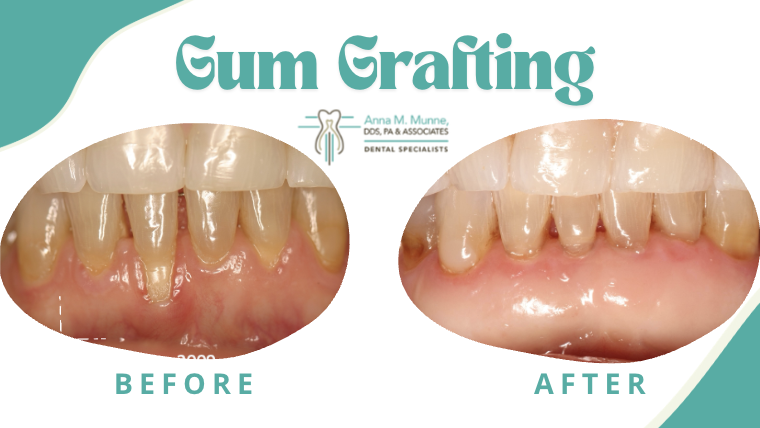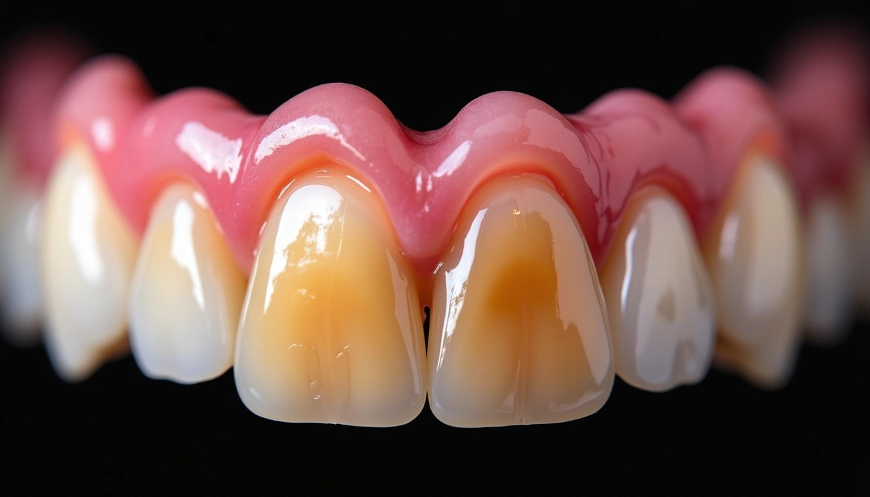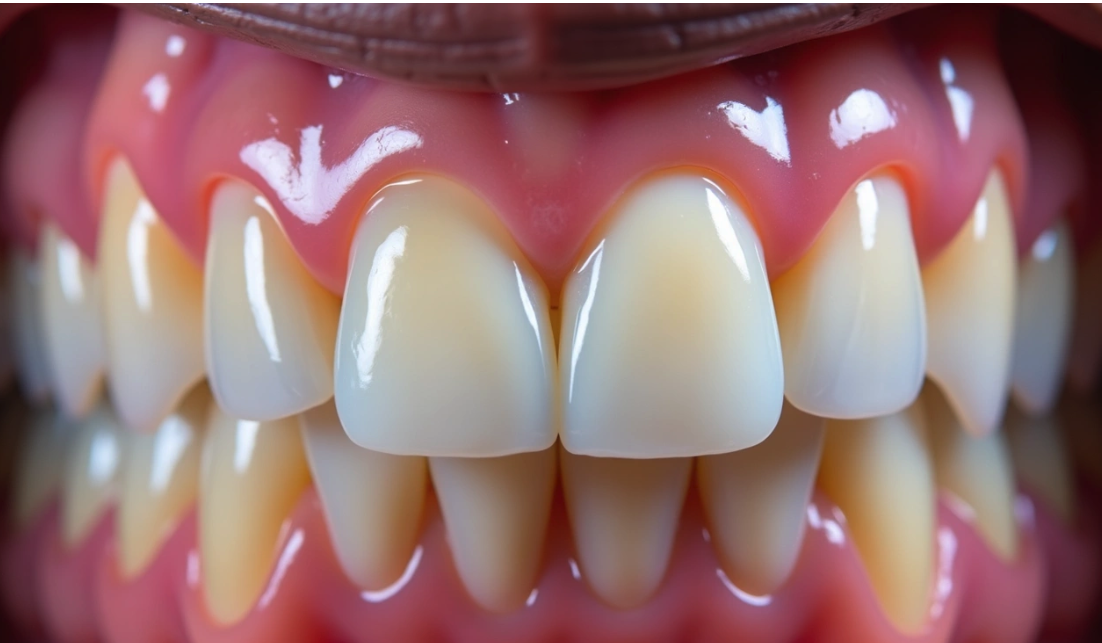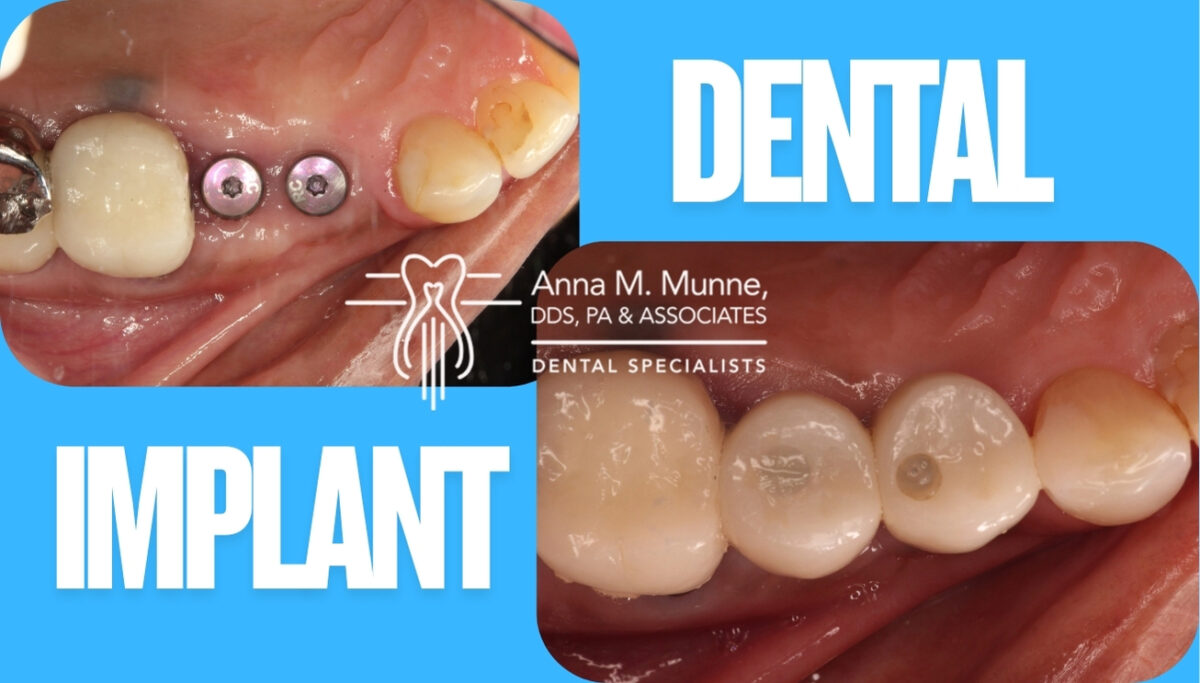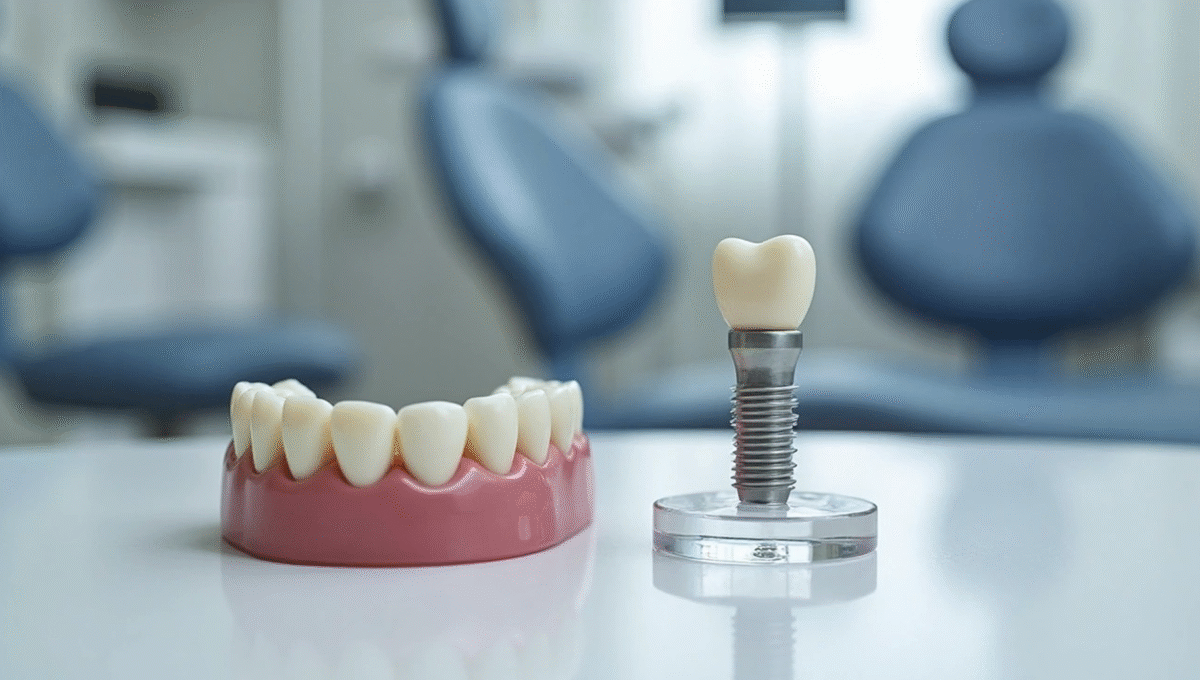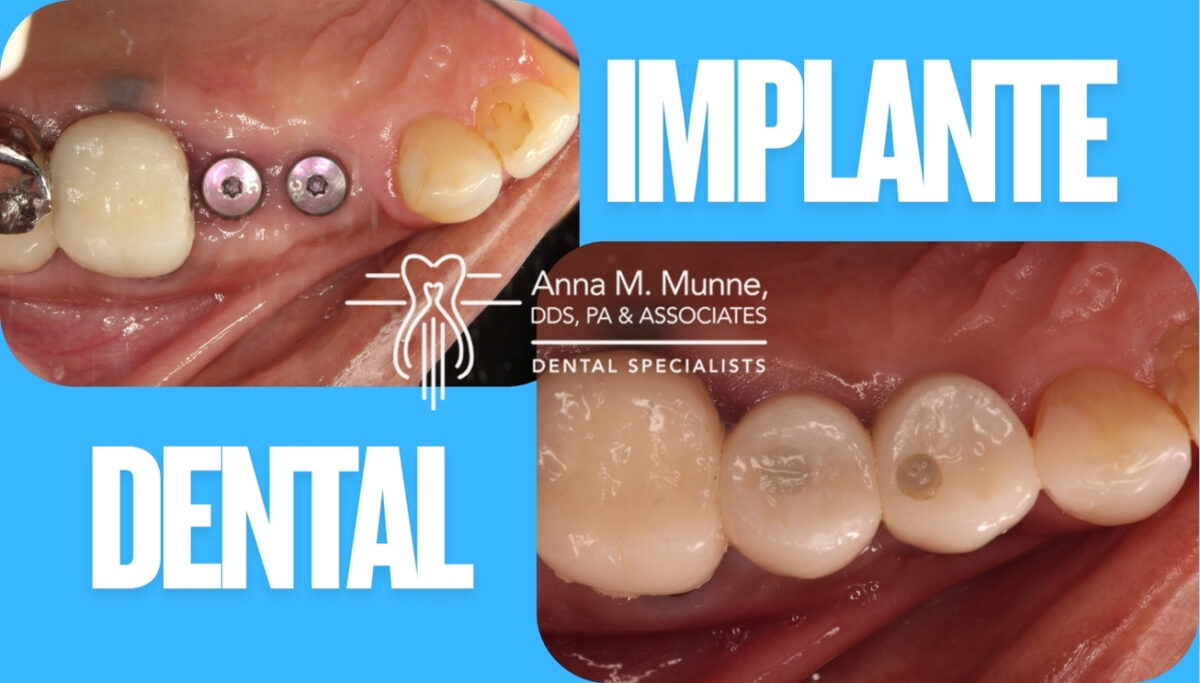Recuperación del Injerto de Encía 2025: Día a Día Hasta Tu Alta Médica
Casi la mitad de los estadounidenses mayores de 30 años sufren alguna forma de enfermedad periodontal. Sin embargo, muchos desconocen que la periodontitis, si no se trata adecuadamente, puede destruir el tejido y el hueso que sostiene los dientes, llevando eventualmente a su pérdida. Por esta razón, el injerto de encía se ha convertido en un procedimiento fundamental para tratar las encías retraídas y restaurar la salud bucal.
Sabemos que la recuperación después de un injerto de encía a los 5 días puede generar muchas dudas e inquietudes. De hecho, es normal experimentar molestias al hablar, comer e incluso durante la higiene dental. En esta guía completa, compartiremos nuestra experiencia profesional para explicarte día a día cómo evoluciona un injerto de encía, desde el momento de la intervención hasta completar los aproximadamente 3 meses que dura todo el proceso de cicatrización. Además, analizaremos la transformación de las encías retraídas antes y después del tratamiento, para que puedas prepararte adecuadamente y conseguir los mejores resultados posibles.
Día 0 a Día 3: Primeros pasos tras el injerto de encía
Después del procedimiento de injerto de encía, el cuerpo inicia inmediatamente el proceso de recuperación. Durante las primeras horas, es normal que te coloquen una gasa en el lugar por unos 30 minutos y un apósito que se caerá solo después de unos días o que retirarán en la primera cita de seguimiento.
En estos primeros días experimentarás algo de dolor e hinchazón. Para controlar estas molestias, tu dentista te recetará analgésicos y posiblemente antibióticos para prevenir infecciones. Es fundamental aplicar hielo en la zona afectada varias veces al día en intervalos de 5-10 minutos para reducir la inflamación.
Para favorecer la cicatrización, es esencial seguir una dieta específica. Durante los primeros 3 días debes consumir alimentos blandos y fríos como yogur, purés, huevos, pasta, quesos suaves y helados. Evita completamente comidas duras, crujientes, calientes o picantes que puedan irritar la zona tratada.
La higiene bucal requiere cuidados especiales. No debes cepillar ni usar hilo dental en el área del injerto hasta que tu especialista lo autorice. A partir del día siguiente, puedes comenzar a utilizar enjuagues con clorhexidina como te indique tu dentista.
Asimismo, es importante descansar el día de la cirugía y limitar la actividad física durante la primera semana. Se recomienda dormir con la cabeza más elevada la primera noche, usando dos almohadas.
Día 4 a Día 14: Cicatrización inicial y seguimiento
Entre los días 4 y 14 después del procedimiento, empezarás a notar los primeros signos de cicatrización. A los 5-7 días, aunque es normal sentir cierta inflamación y molestia, la recuperación generalmente avanza a buen ritmo, siendo la herida del paladar la primera en cicatrizar.
Durante este período, tendrás citas importantes de seguimiento. A los 8 días, el dentista retirará las suturas de la zona donante (paladar), mientras que a los 14-15 días se eliminarán los puntos de la zona receptora donde se colocó el injerto. Es fundamental asistir a estas revisiones para garantizar una correcta evolución.
Además, notarás cambios de color en el injerto, pasando de un tono blanquecino a amarillento, y posteriormente a rosáceo. Esta transformación es completamente normal y señal de una adecuada cicatrización.
A partir de la segunda semana, generalmente deberás dejar de usar el colutorio con clorhexidina y pasar a utilizar gel en la zona del injerto. Sin embargo, sigue evitando cepillar directamente el área hasta que tu dentista lo autorice.
Por otro lado, mantén la dieta blanda durante este tiempo para no dañar el injerto en proceso de integración. Si observas sangrado persistente, inflamación excesiva, exposición del injerto o dolor intenso que no mejora con analgésicos, contacta inmediatamente a tu especialista, pues podrían ser signos de complicaciones.
Semana 3 a Mes 3: Regeneración completa y resultados
A partir de la tercera semana, tu injerto de encía entra en la etapa de consolidación. Durante este período, el tejido injertado se integra completamente con el tejido circundante gracias a procesos celulares complejos que promueven la vascularización y la formación de nuevas fibras de colágeno.
La cicatrización completa del injerto tarda aproximadamente 6 semanas, aunque la regeneración total puede extenderse hasta los 3 meses. En este tiempo, la nueva encía adquiere una consistencia totalmente normal, indicando que el proceso de regeneración ha finalizado. Sin embargo, pequeñas modificaciones morfológicas seguirán produciéndose durante los siguientes 12 meses en una etapa llamada remodelado.
En esta fase, notarás que la encía injertada ha adoptado un color rosáceo saludable, similar al de tus encías naturales. Además, experimentarás una reducción significativa de la sensibilidad dental, ya que la raíz expuesta queda protegida.
Si has seguido todas las indicaciones, a los 3 meses podrás apreciar el resultado definitivo. El porcentaje de éxito es elevado cuando se realiza adecuadamente, aunque existen posibles complicaciones como la necrosis del tejido (principalmente en fumadores) o falta de cobertura completa, que podrían requerir una segunda intervención.
Recuerda que mantener una buena higiene bucal y asistir a todas tus revisiones es fundamental para garantizar el éxito a largo plazo y disfrutar de los beneficios de tu nueva encía sana.
Conclusión
La recuperación del injerto de encía requiere paciencia y cuidados específicos durante aproximadamente tres meses. Durante este tiempo, el tejido pasa por diferentes etapas de cicatrización hasta integrarse completamente con las encías naturales. Ciertamente, los primeros días presentan los mayores desafíos, con inflamación, dolor y restricciones en la alimentación e higiene bucal.
Sin embargo, después de las primeras dos semanas, los síntomas disminuyen considerablemente y el proceso avanza favorablemente. La transformación de color desde blanquecino hasta un tono rosado saludable indica una correcta evolución del injerto. Adicionalmente, la reducción de la sensibilidad dental confirma el éxito del procedimiento al proteger las raíces anteriormente expuestas.
Nuestros pacientes generalmente logran resultados exitosos cuando siguen todas las recomendaciones proporcionadas. No obstante, debemos destacar la importancia de asistir a todas las citas de seguimiento programadas para garantizar una correcta evolución. Cualquier señal de alarma como sangrado excesivo o dolor intenso debe comunicarse inmediatamente al especialista.
Los beneficios a largo plazo del injerto de encía justifican con creces el periodo de recuperación. Por lo tanto, mantener una actitud positiva y seguir las indicaciones al pie de la letra constituye la clave para disfrutar de encías sanas y una sonrisa renovada. Finalmente, recordamos que cada paciente es único y aunque hemos descrito el proceso típico de recuperación, las experiencias individuales pueden variar ligeramente según las características de cada persona.

